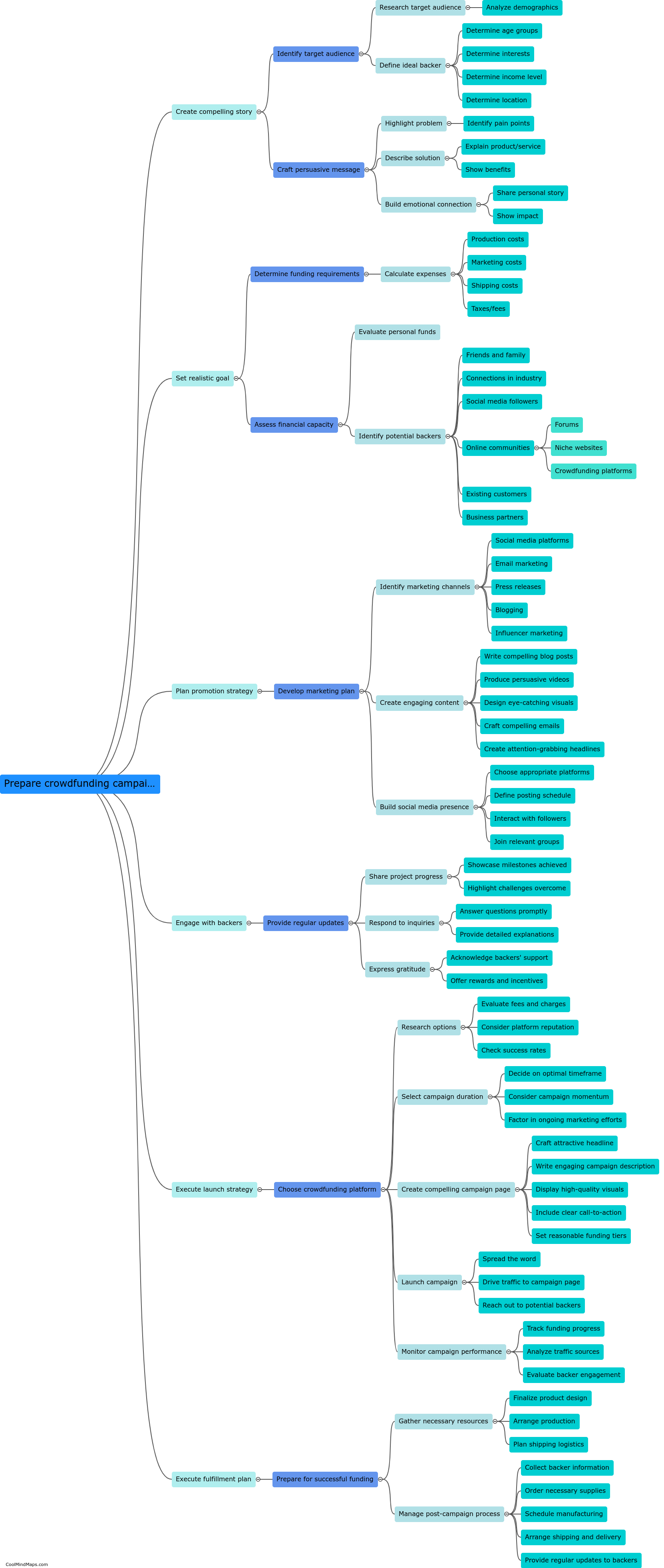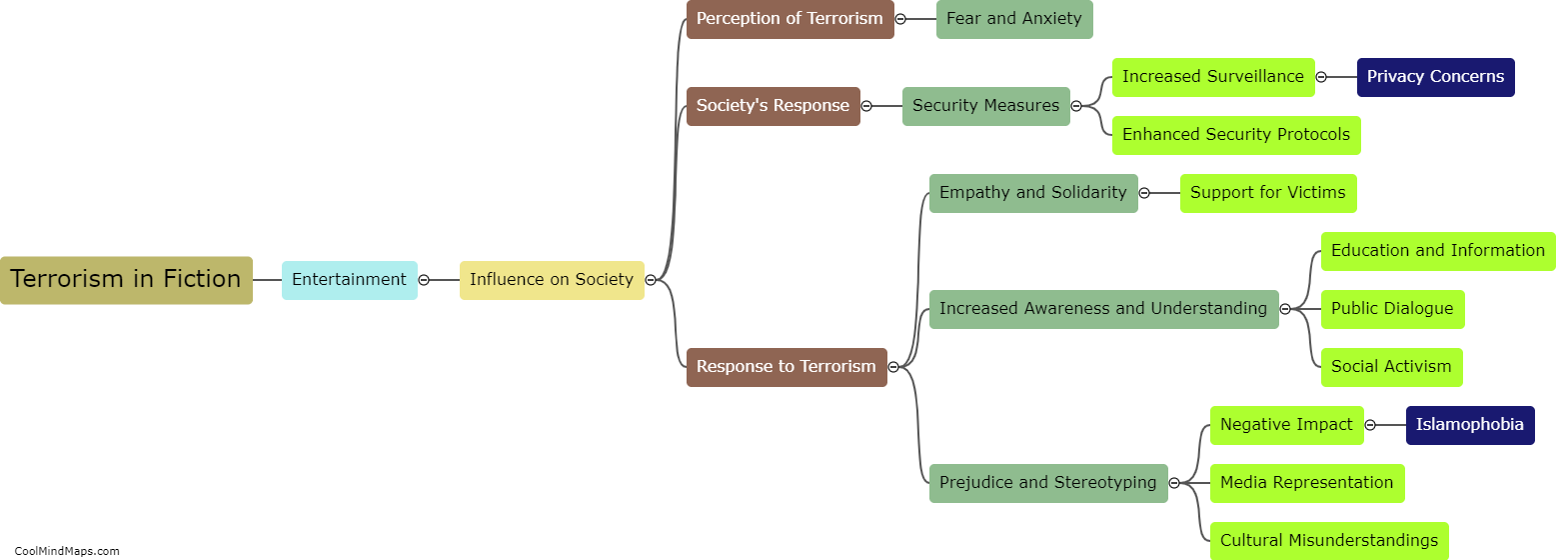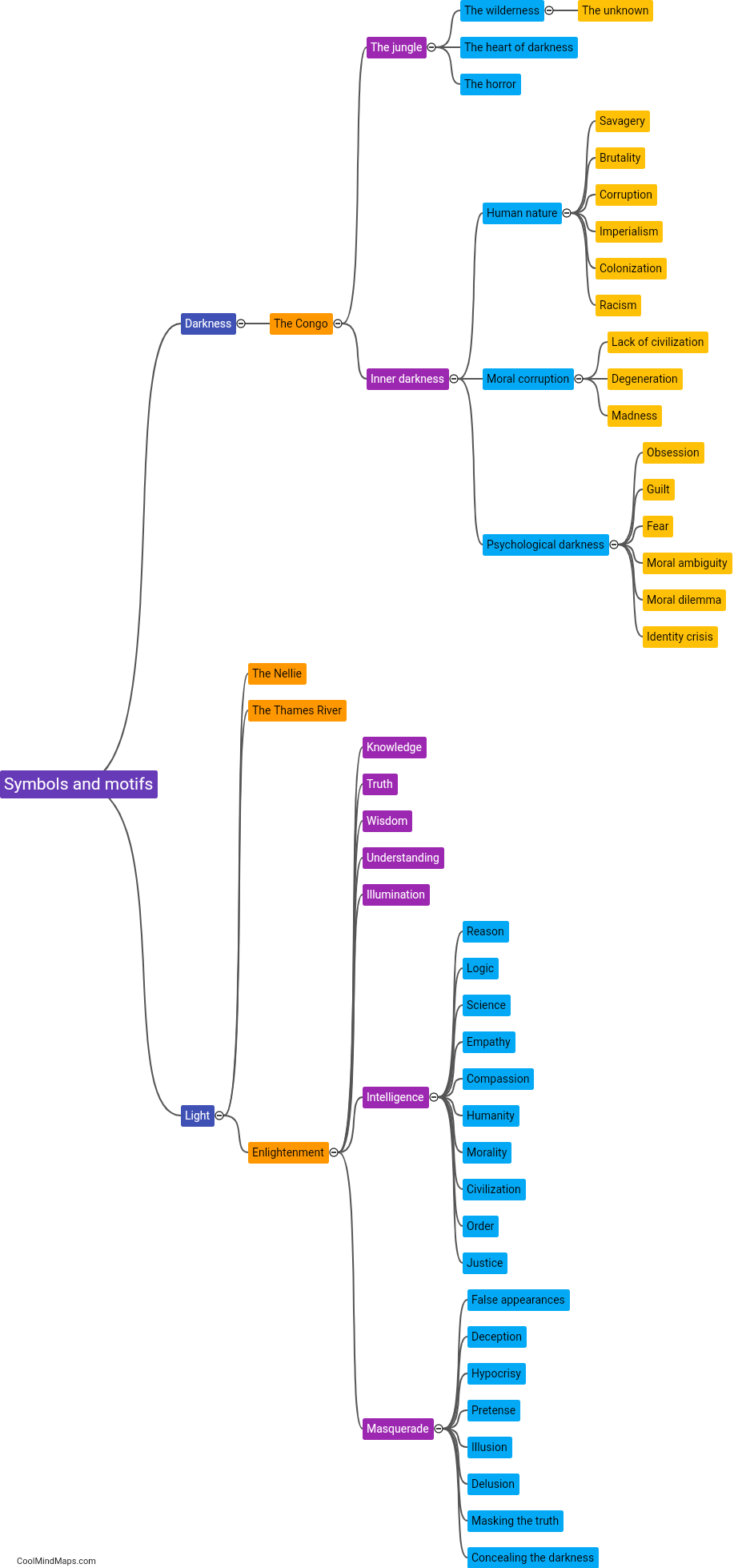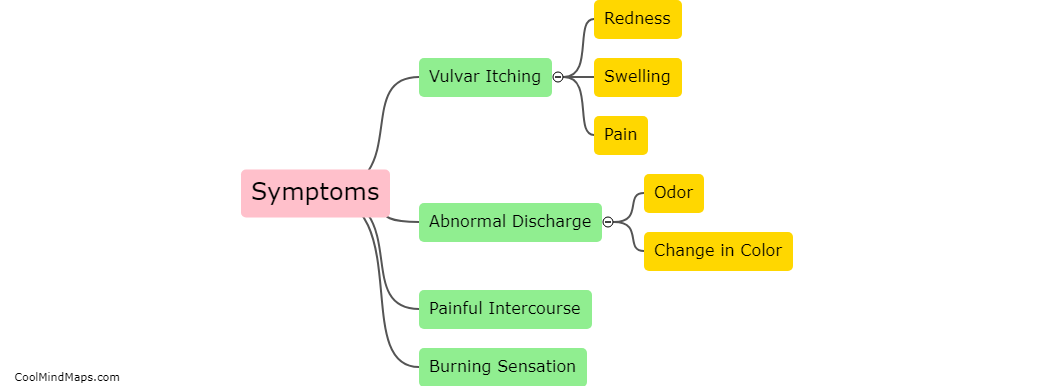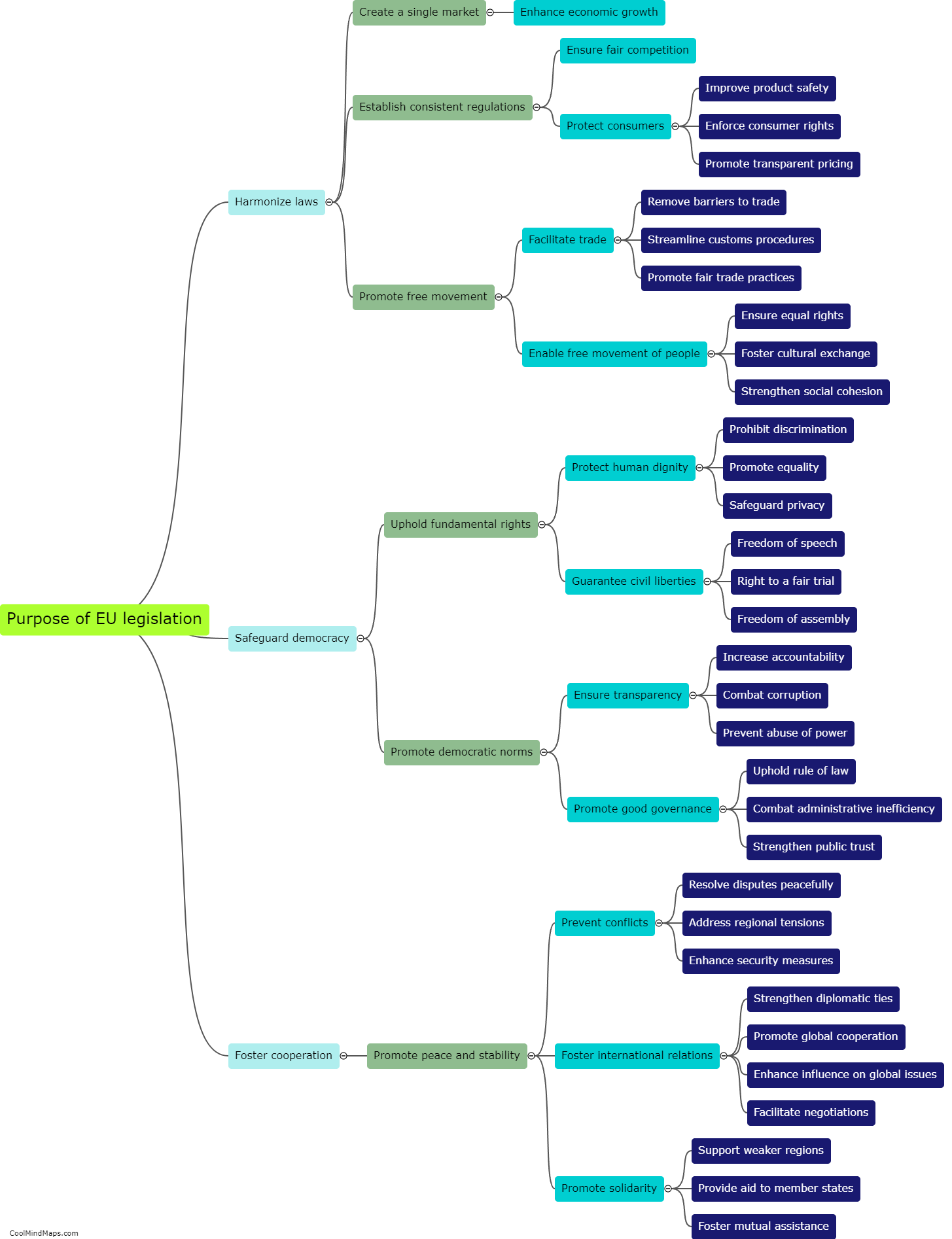How do linkers, loaders, and libraries work together?
Linkers, loaders, and libraries are vital components in the process of building and executing software programs. Linkers merge separately compiled object files into a single executable file, resolving references to external symbols and producing a fully-formed program. Loaders, on the other hand, are responsible for bringing the executable into memory and preparing it for execution. They allocate memory, resolve dynamic dependencies, and set up the execution environment. Libraries, as collections of precompiled code, provide reusable functionality for multiple programs. Linkers incorporate references to these libraries into the executable, and loaders ensure that the required library code is available in memory during execution. Together, these three components form a cohesive system that enables programmers to efficiently develop, build, and execute software applications.

This mind map was published on 16 November 2023 and has been viewed 83 times.

